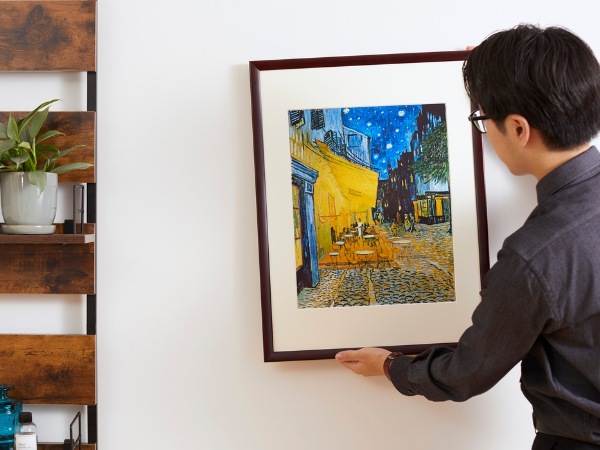The pairing of German contemporary artist Anselm Kiefer with Dutch master Vincent van Gogh might seem unlikely at first glance. Yet the Royal Academy’s 2025 exhibition demonstrated how two artists separated by nearly a century could engage in a profound conversation about art, suffering, and the human condition. Visitors encountered a show that was not simply about comparing styles, but about exploring how creativity wrestles with trauma, beauty, and transcendence.
The Unlikely Pairing of Two Artistic Giants
Kiefer, born in 1945, is known for vast canvases incorporating unconventional materials like straw, lead, and gold leaf. Van Gogh, painting in the late 19th century, relied on oil paint and impasto to capture raw emotion.
- Kiefer’s monumental works evoke history, destruction, and rebirth.
- Van Gogh’s canvases embody personal struggle, nature, and spirituality.
- The exhibition revealed how both artists grappled with existential questions through radically different means.
This unlikely pairing challenged audiences to reconsider what connects artists across time.
Kiefer’s Lifelong Obsession with Van Gogh
Kiefer has openly acknowledged his fascination with Van Gogh, particularly the haunting Wheatfield with Crows (1890).
- His work Nevermore (2014) greeted visitors at the exhibition entrance.
- Kiefer’s use of mixed media mirrored Van Gogh’s intensity but expanded it into monumental scale.
- The show suggested that Kiefer’s career can be read as a dialogue with Van Gogh’s final works.
This obsession gave the exhibition a deeply personal resonance.
Van Gogh’s Presence Beyond the Canvas
Although Van Gogh’s works were fewer in number, their impact was undeniable.
- Iconic paintings like Sunflowers and The Starry Night were referenced through Kiefer’s reinterpretations.
- Van Gogh’s letters and writings were integrated to highlight his philosophy of art and suffering.
- His presence acted as a ghostly counterpart to Kiefer’s heavy, layered surfaces.
The exhibition reminded viewers that Van Gogh’s legacy is not static—it continues to inspire reinterpretation.
Themes of Trauma and Healing
Both artists confront trauma, though from different contexts.
- Kiefer wrestles with Germany’s postwar identity and collective memory.
- Van Gogh struggled with mental illness and isolation.
- Together, their works suggested that art can be both a wound and a form of healing.
This thematic overlap made the exhibition emotionally powerful.
Material Versus Emotion
The contrast between Kiefer’s materials and Van Gogh’s brushwork was striking.
- Kiefer: lead, straw, ash, sediment, gold leaf.
- Van Gogh: oil paint, thick impasto, vibrant color.
- Both approaches conveyed intensity, but through different sensory experiences.
This juxtaposition forced audiences to consider how medium shapes meaning.
The Exhibition’s Curatorial Vision
The Royal Academy’s curators designed the show to emphasize dialogue rather than comparison.
- Works were placed in proximity to highlight echoes and contrasts.
- The Gabrielle Jungels-Winkler Galleries provided intimate yet monumental space.
- The exhibition unfolded like a conversation across centuries.
This curatorial approach elevated the show beyond a simple retrospective.
Audience Reactions and Critical Reception
Critics and visitors alike described the exhibition as transformative.
- Reviews praised its intellectual depth and emotional resonance.
- Many noted how it encouraged reflection on history, suffering, and creativity.
- The pairing was seen as bold, unexpected, and ultimately rewarding.
Audience responses confirmed its status as the year’s most thought-provoking exhibition.
Legacy of “Kiefer/Van Gogh”
The exhibition’s impact will extend beyond 2025.
- It redefined how institutions can juxtapose historical and contemporary artists.
- It highlighted the enduring relevance of Van Gogh’s vision.
- It cemented Kiefer’s reputation as an artist deeply engaged with memory and influence.
Ultimately, “Kiefer/Van Gogh” demonstrated that art across centuries can speak to shared human struggles, making it one of the most significant cultural events of the year.
By pairing Kiefer’s monumental explorations of history with Van Gogh’s intimate expressions of suffering, the Royal Academy created a dialogue that was both intellectually rigorous and emotionally devastating.




